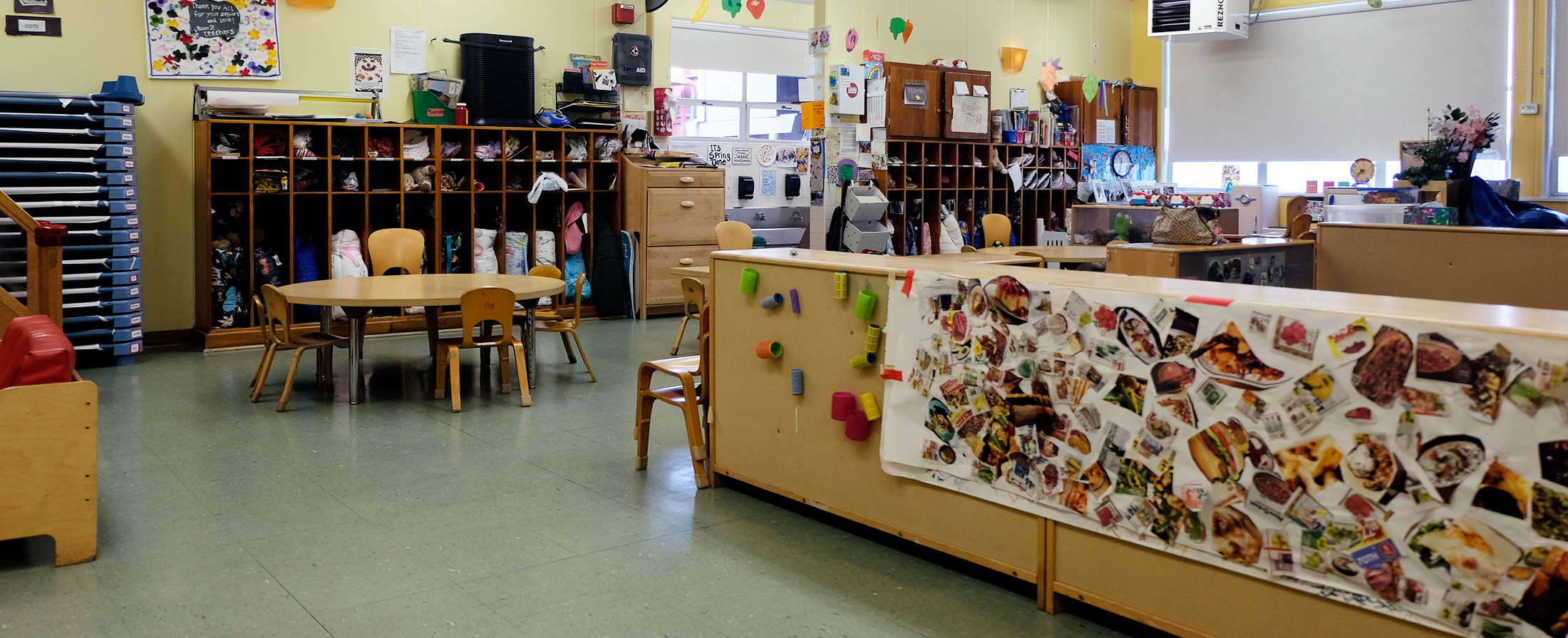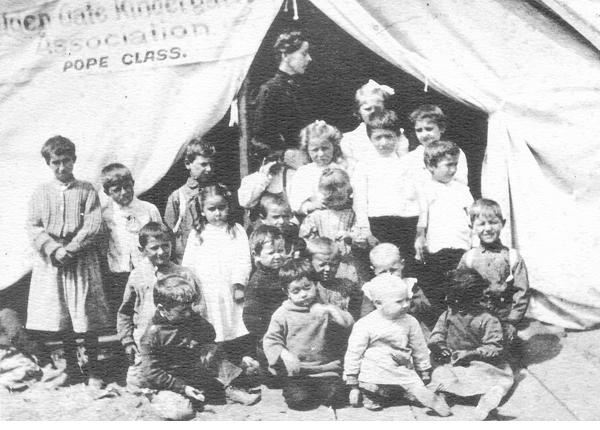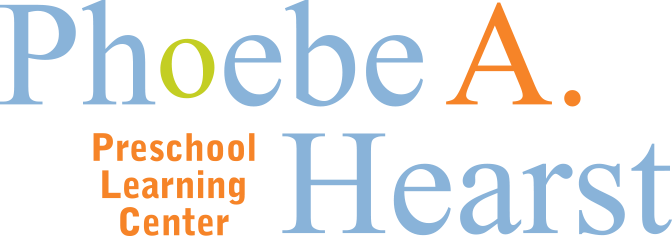
HISTORY
Development and Consolidation during the Twentieth Century
In 1902, Phoebe A. Hearst built a 3-story brick building at 560 Union Street for teacher training and kindergarten classes, and to house the Golden Gate Kindergarten Association’s offices.
After the turn of the century the Golden Gate Kindergarten Association’s schools began to consolidate to better serve the changing communities that emerged as San Francisco rebuilt itself following the 1906 earthquake and fire. By 1906, the Golden Gate Kindergarten Association had 26 schools, seven of which were destroyed by the earthquake and fire. Temporary classrooms were quickly found to replace these schools, including barracks in the Presidio and Golden Gate Park, and tents erected in Golden Gate Park and Washington Square.
 In 1911 Phoebe A. Hearst’s son, William Randolph Hearst, constructed a redwood building at 570 Union Street, which was known as the Phoebe A. Hearst School, to replace the Golden Gate Kindergarten Association’s offices next door that were lost in the 1906 earthquake and fire. (This building was sold in 1965 to partially finance the current Phoebe A. Hearst Preschool Learning Center at Ellis and Laguna Streets.)
In 1911 Phoebe A. Hearst’s son, William Randolph Hearst, constructed a redwood building at 570 Union Street, which was known as the Phoebe A. Hearst School, to replace the Golden Gate Kindergarten Association’s offices next door that were lost in the 1906 earthquake and fire. (This building was sold in 1965 to partially finance the current Phoebe A. Hearst Preschool Learning Center at Ellis and Laguna Streets.)
In 1913 California enacted legislation requiring public school districts, upon receiving a petition from 25 parents, to establish kindergartens for children one year away from mandatory school attendance. In 1917 the San Francisco Board of Education took over five of the Golden Gate Kindergarten Association’s classes and opened five additional schools. Following the institution of public kindergartens, the Golden Gate Kindergarten Association continued to provide early childhood education programs for preschool and nursery school-age children.
From 1906 to 1925 the Golden Gate Kindergarten Association was headed by Anna M. Stovall, who also established a teacher training program under affiliation with San Francisco State Normal College. In 1925 two classes were opened to enroll only nursery school-age children.
Further consolidation occurred after World War II, as public schools continued to take over the role of providing kindergartens, and the Golden Gate Kindergarten Association shifted its focus to providing nursery schools for younger children under four directors: Dr. Helen Christianson, Dorothy Henry, Lynnett Mass Messer and Rhoda Kellogg.
